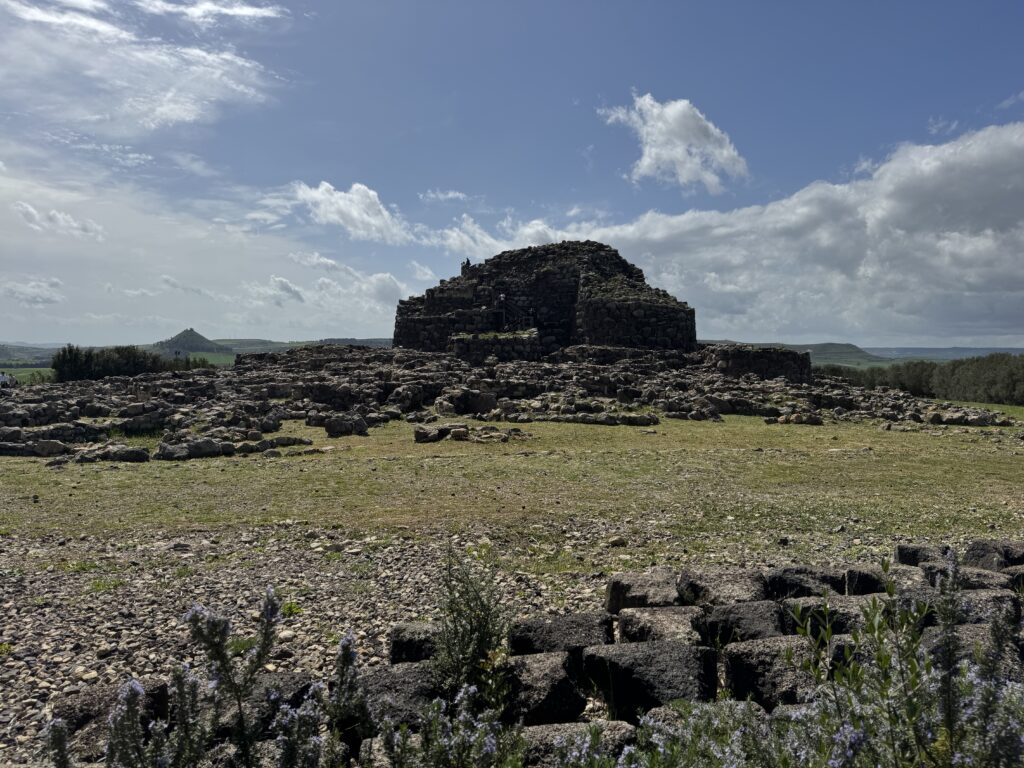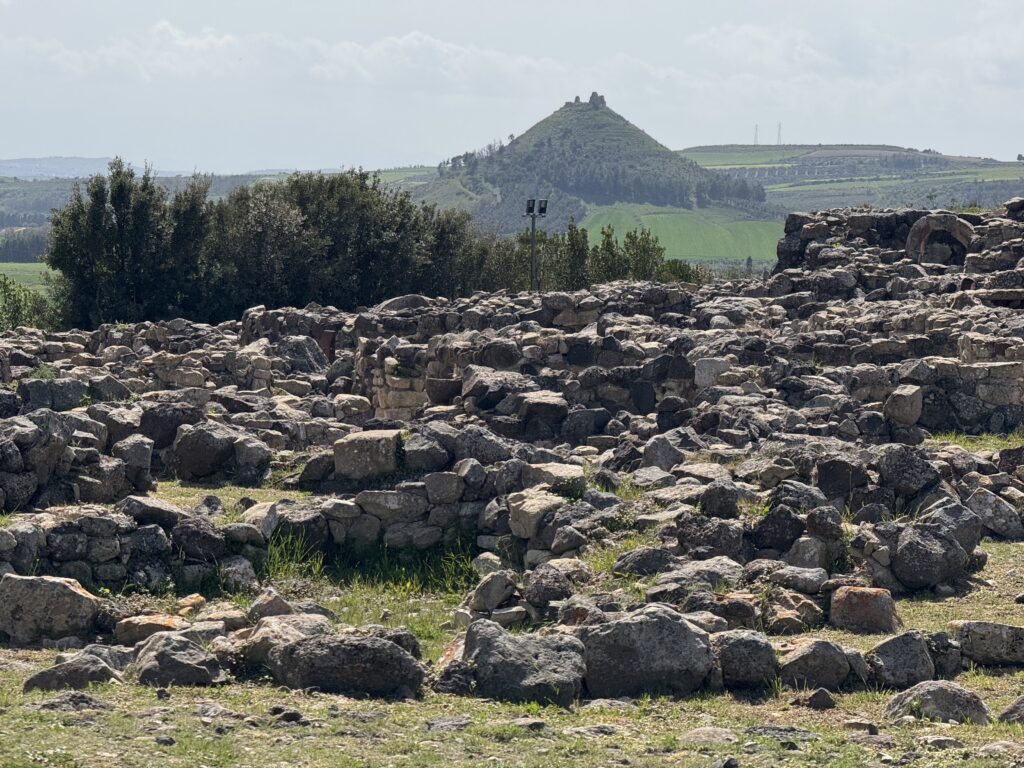The Art of Dry Stone Walls in Sardinia: the Nuragic Legacy
Sardinia, an island rich in history and unique landscapes, is home to an ancient tradition of dry stone wall construction, a technique that has shaped the countryside for millennia. Among the various methods used, one particularly remarkable approach is the “T” technique, which closely resembles the construction principles of the island’s most iconic prehistoric structures: the Nuraghi.

What Are Sardinian Dry Stone Walls?
Dry stone walls (known in Italian as muretti a secco) are built without mortar, relying solely on the careful selection and arrangement of stones. This traditional technique, recognized by UNESCO as an intangible cultural heritage, has been used for centuries to define property boundaries, protect crops, and control livestock.
Sardinian dry stone walls are not just functional; they blend harmoniously with the natural environment, using locally sourced materials that withstand time and weather. Their construction requires expert knowledge of stone selection, positioning, and balance—skills passed down through generations.

